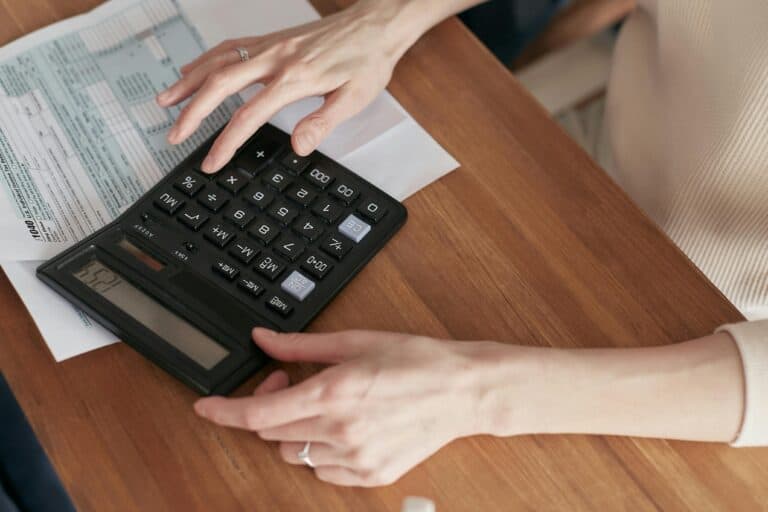Obtaining a judgment against your debtor does not mean you get paid immediately. The debtor may be unable or unwilling to satisfy the judgment debt for a variety of reasons. He or she may be having financial difficulties, other debts, or may be ignorant or careless of the circumstances.
Bankruptcy Proceedings – an outline of the process
One of the options available for enforcing a judgment against a debtor is bankruptcy proceedings.
This process is quicker than other enforcement methods and you will have more control over the process as a creditor.
The disadvantage of this alternative is that there may be other secured creditors, who rank ahead of you, and thus full payment of the debt may not be received.
To initiate the proceedings, a bankruptcy notice needs to be lodged in a proper form with the Insolvency and Trustee Service of Australia (“ITSA”). The current filing fee is $440.00.
Following personal service of the bankruptcy notice on the debtor, he or she will have 21 days, in which to comply with the notice by paying the full amount of the debt or entering into a repayment arrangement, on terms satisfactory to you.

If the debtor fails to comply with the bankruptcy notice, he or she are deemed to have committed an act of bankruptcy. Pursuant to the provisions of the Bankruptcy Act 1966 (Cth) at the time of non-compliance with the bankruptcy notice:
- the debtor must be present in Australia or have sufficient connection with Australia, and
- the debt must be over $5,000 (two or more creditors may combine their aggregate debts).
Provided the above criteria are satisfied you may be able to file for a creditor’s petition for the debtor to be declared bankrupt.
A creditor’s petition must be filed in the Federal Magistrates Court within six months of the act of bankruptcy. A court date will be allocated for hearing of the petition. Once the creditor’s petition is served on the debtor, and provided it is uncontested, a sequestration order may be made against his or her estate, vesting all of the bankrupt’s property in the appointed trustee.
The trustee collects information about the bankrupt’s assets and liabilities. Any creditors who wish to claim in the estate must lodge a proof of debt with the trustee. Any secured creditors will rank above any unsecured creditors, the latter being paid proportionately out of the pool of funds available from the bankrupt’s estate. The petitioning creditor’s costs of obtaining a sequestration order are usually taxed and paid out of the bankrupt’s estate as a priority.
Bankruptcy proceedings can be complex and strict requirements as to form as well as limitation periods apply. We can assist you with legal advice and support with your proceeding whether you are a creditor or a debtor.
Are you considering bankruptcy proceedings against your debtors? Perhaps a prior debt repayment arrangement has been dishonoured? Need to lodge a proof of debt? Confused about your options as a debtor? We can assist you with any of your questions relating to bankruptcy and insolvency. Contact us today.[/vc_column_text][/vc_column][/vc_row]



